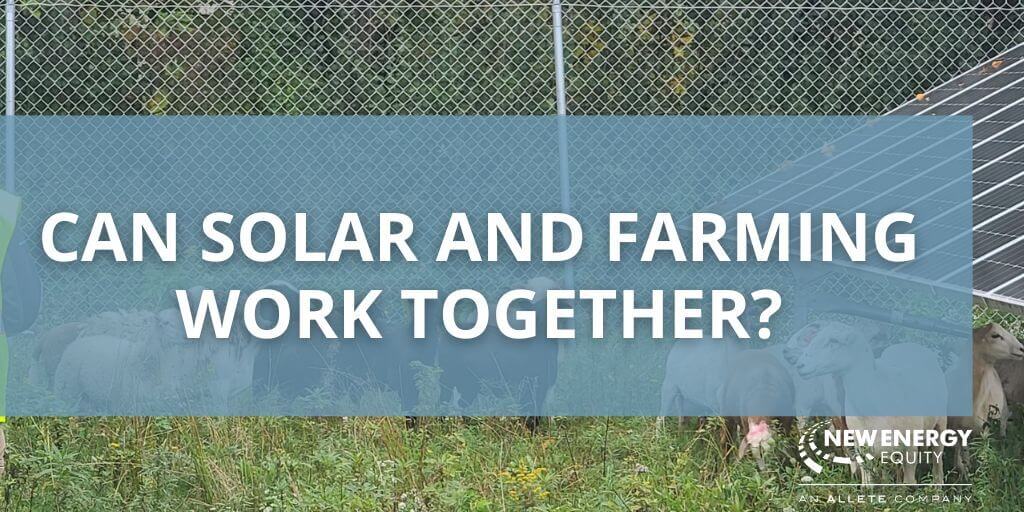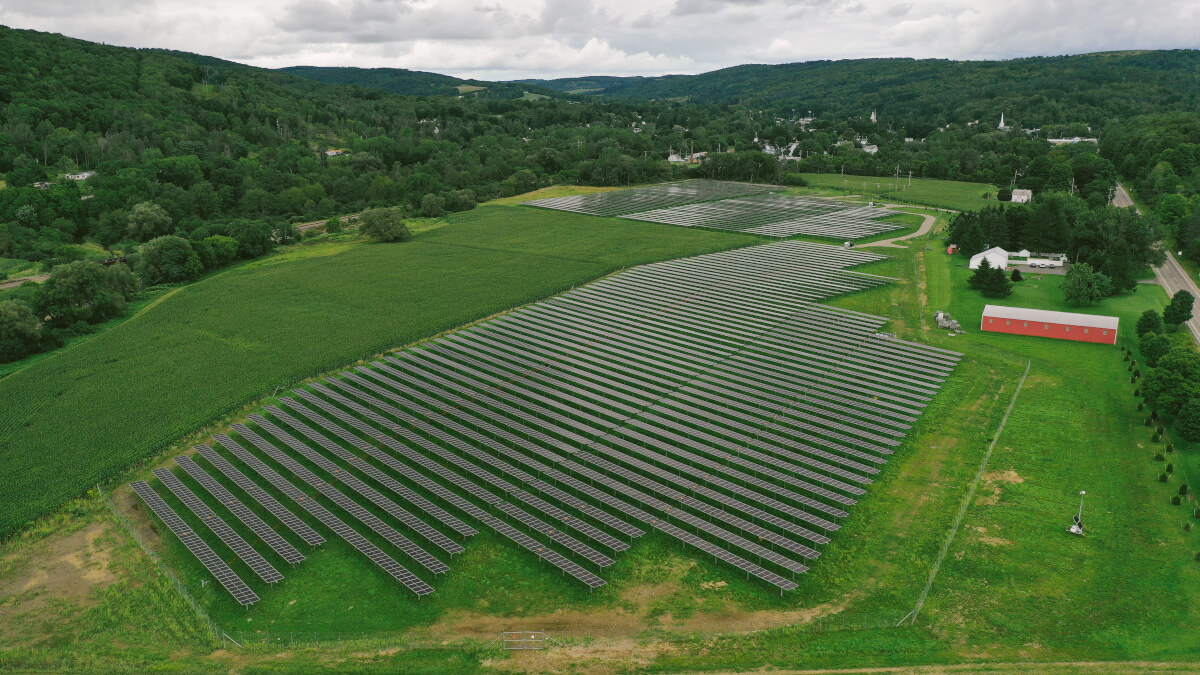New Energy Insights Blog

Can Solar and Farming Work Together?
By: Kyle Wehnes
When folks hear the phrase “solar farm,” they often picture rows of panels taking up good farmland. But in reality, solar and farming don’t have to be at odds. In fact, when done right, they can work hand-in-hand—and even help each other thrive.
For farmers looking to create a more stable income stream without selling off their land, leasing a portion for a community solar project is worth a closer look. It’s not about replacing the farm—it’s about putting part of your land to work in a new way.
Let’s dig into what this can actually look like on a working farm—and why more and more landowners are saying yes to solar.
A Real Example: Terry McCormick’s Farm in Andover, NY
Terry McCormick’s family has farmed their land in western New York for over a hundred years. Today, it’s still a working farm—with one key addition: 26 acres now host a community solar project.
But that hasn’t stopped the farm from growing crops.
“There’s a 25-acre strip of corn right here behind us,” Terry says. “So there’s still lots of room to grow corn and soybeans. It’s still a working farm in that way—but inside the fence, it’s a solar farm. So it’s the best of both worlds.”
That’s not just a catchy line—it’s the truth. And it highlights a growing trend: using part of a farm for solar, while continuing to farm the rest.

What Is Agrivoltaics—and Why Does It Matter?
This kind of solar-agriculture combo even has a name: agrivoltaics. It simply means farming and solar happening together, either on the same land or side-by-side. That might look like planting crops beneath or around solar panels, grazing livestock between the rows, or using solar to support pollinators and local food systems.
Agrivoltaics is gaining traction across the country because it keeps farmland productive while also generating clean energy and income. And when done thoughtfully, it can even make the land healthier.
Solar Honey and Hard Cider: A Buzz-Worthy Collaboration
One standout example comes from central Minnesota, where a solar array developed by New Energy Equity sits next to an apple orchard.
The project inspired a creative partnership between Milk & Honey Ciders and Bare Honey, a Minneapolis-based honey producer. Bare Honey placed hives on the solar farm, where the bees pollinate the nearby apple trees and produce honey. That honey is then blended into Solar Sweet Farm Cider, a seasonal release from Milk & Honey.
The result? A cider that’s literally powered—and pollinated—by the sun. It's a perfect example of how solar and agriculture can work side-by-side to support local food, habitat, and business.

How Solar Can Help the Soil
Many farmers use crop rotation to give their fields a rest, helping the soil rebuild nutrients. A solar project works in a similar way. When you stop tilling and planting a section of land for a few decades and replace it with native grasses or wildflowers, the soil gets time to recover. That means fewer chemicals, less erosion, and more organic matter.
So when a solar lease ends, the land isn’t ruined—it’s often in better shape than when it started.
The Day-to-Day Reality
One concern many farmers have is whether solar will interfere with their regular operation. It’s a fair question.
Most of the activity happens during construction. After that, solar arrays need very little upkeep—just occasional maintenance and mowing. In some cases, farmers even bring in sheep or goats to graze the site, keeping it low-maintenance and ag-friendly.
With good planning, solar can fit into the rhythm of a working farm without causing headaches.
A New Kind of Harvest
Leasing land for solar doesn’t just offer a break for the soil—it offers financial breathing room for you.
Instead of relying on commodity prices or hoping for perfect weather, solar lease payments show up like clockwork. That steady income can help cover equipment upgrades, support generational transition, or simply take some of the pressure off.
And if you’re farming with the next generation in mind, a solar lease can make the land more sustainable—both environmentally and financially.
Final Thoughts
The truth is, solar and farming don’t just coexist—they can actually support each other.
Whether it’s growing clean energy alongside corn and soybeans, helping the soil recover, or producing a solar-powered cider with pollinator honey, landowners across the country are finding ways to make solar part of their farming story.
With the right partner, thoughtful design, and a clear lease agreement, installing a community solar project can be a win for your soil, your family, and your future.
Just ask Terry. Or the bees.
